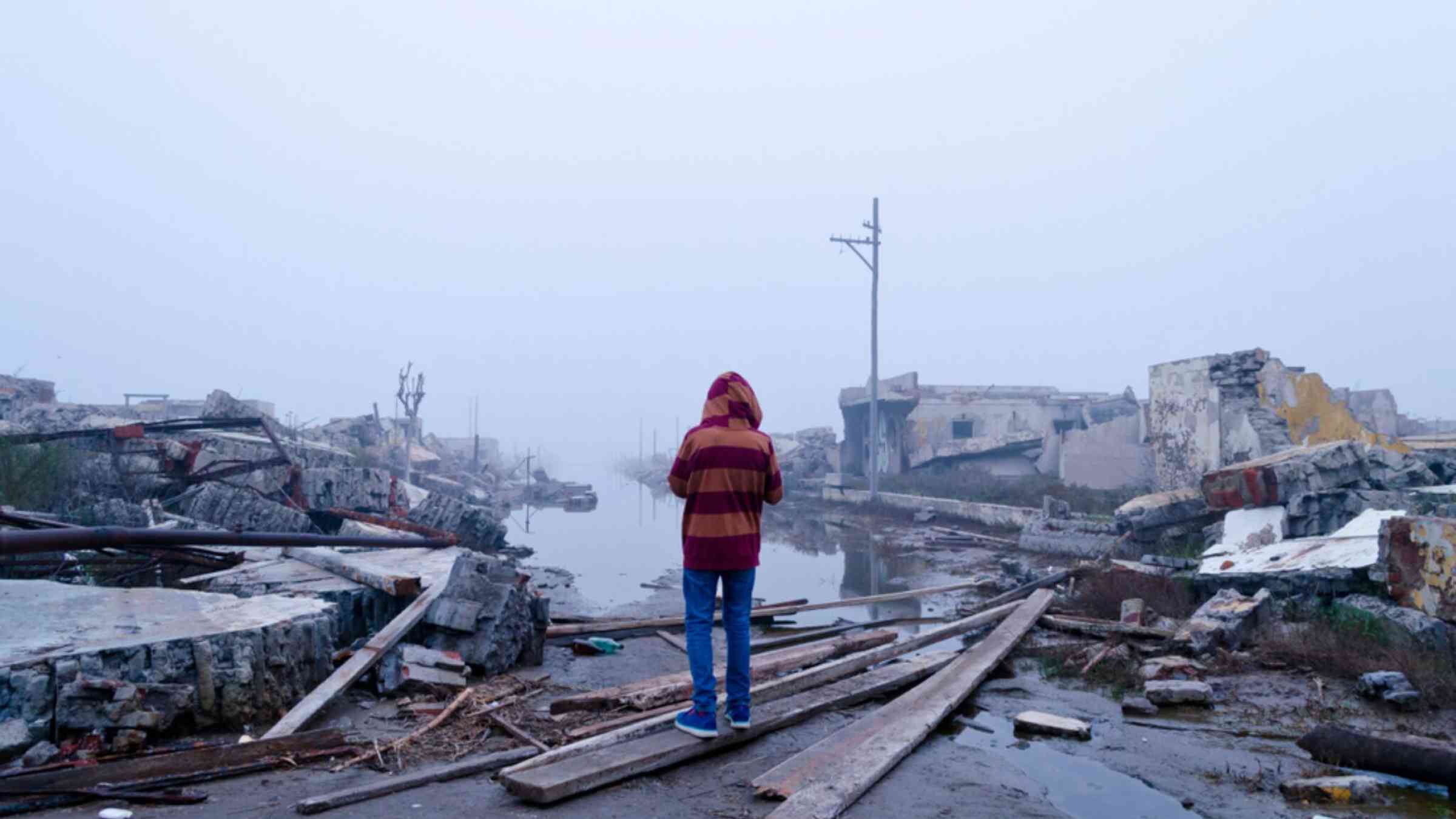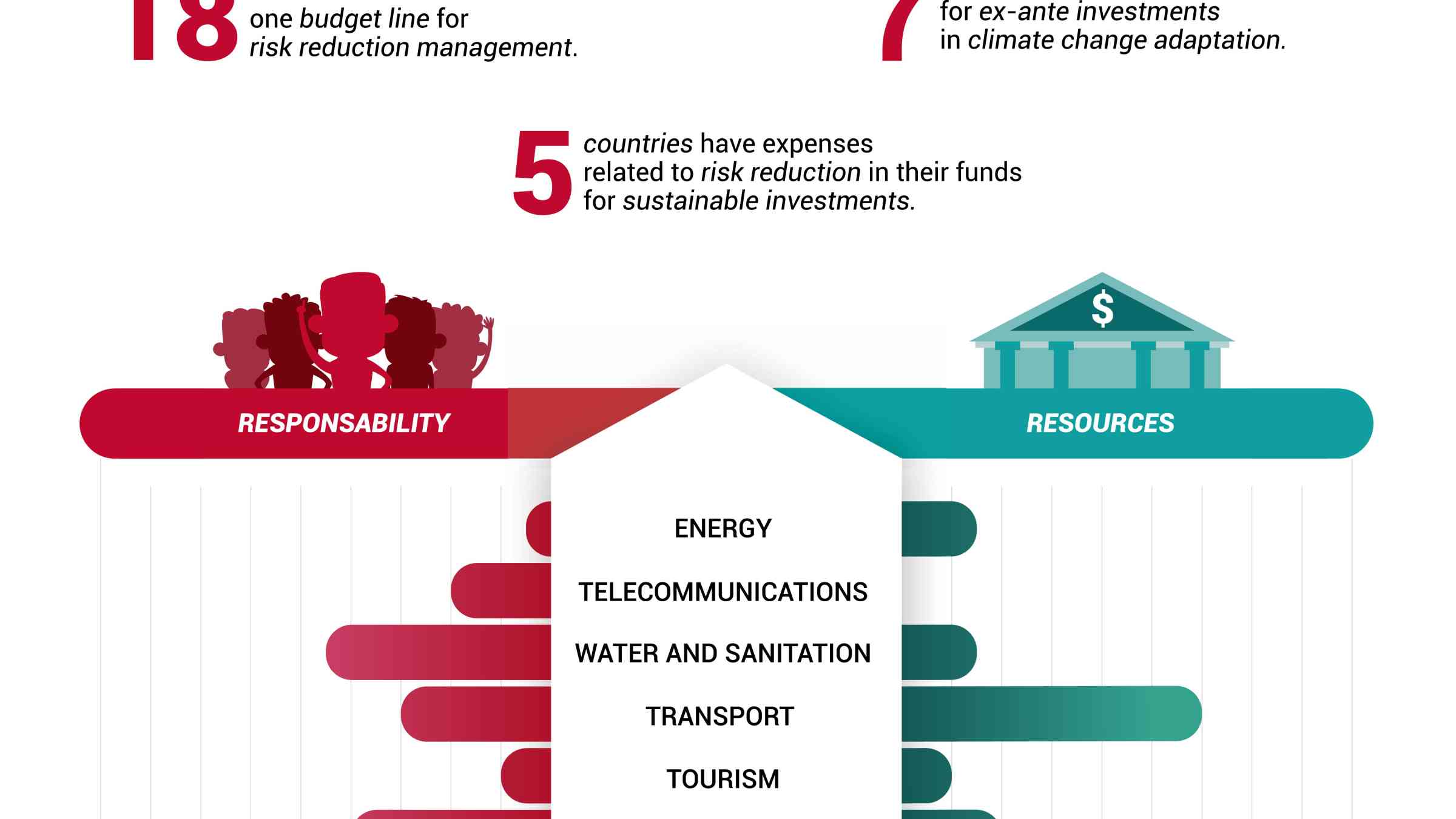ENGLISH Artículo RAR CAPÍTULO 4

Navigation >> Back to main page

The governance of sustainable development
Governance is the government’s ability to handle a public problem known to society using public policies, tools, and processes. As the RAR indicates, public policies and actions adopted in Latin America and the Caribbean to counter disaster risk are largely specific responses to a given disaster. Management tools employed, including post-disaster responses and early warning systems, are reactive or else they represent investments to correct the current risk, as are the relocation of people or the building of dams. This way of approaching the problem has led to the disaster, and not the risk, being the public problem.
“Poverty, inequality, territorial fragmentation, informal urbanization processes, and natural resource management all have an impact on the territory and are interconnected with other aspects. They are not unique to one particular sector. Each key development area correlates to how vulnerability is created and the chances of reducing it. All factors come together to reduce the factors that create disaster risk.” Raquel Lejteger, architect specializing in disaster risk management, consultant to the United Nations, co-author of the RAR
The RAR analyzes the possibility of incorporating the notion of co-responsibility approach, where the obligation to reduce disaster risk is a joint commitment between the various sectors of public management. This approach understands disaster risk management as a product of development and not the exclusive responsibility of a sole centralized agency. Enforcing this approach requires adopting norms that act directly upon risk drivers, such as climate change mitigation legislation, integrated management of water resources or the planning of land use, amongst others. The report claims that, starting with the adoption of the Hyogo Framework in 2005, the region has undertaken a legislative reform process that changed laws that were solely focused on emergency and response to disasters into public policies with more comprehensive approaches aimed at risk reduction and prevention, under the principles of co-responsibility.
“At the policy or strategic financial level it’s not enough to assign resources for disaster managament: a budget allocation with which to manage development must first be made.” Carlos Picado, Chief, Strategic Development Unit. National Emergencies Commission (CNE, acronym in Spanish) of Costa Rica
One of the great debates surrounding governance, according to the report, is how comprehensive are the public policies dealing with disaster risk and disaster management, since there are cases in which policies have great titles but their content, tools, and processes do not provide for a truly comprehensive approach. An integrated approach to governance requires the clear definition of institutional responsibilities for all elements of risk management, as well as the allocation of technical and budget resources that will ensure its implementation and follow-up. The RAR found that public policies in Latin America and the Caribbean encompass instruments related to post-disaster recovery but that very few of them relate to the identification and reduction of risk, or to the financial protection of assets. According to experts, “It is obvious that integrated risk management based on a clear definition of institutional responsibilities for each component is a process yet to be completed”.[1]
The RAR provides that moving towards adequate governance to reduce disaster risk means building development governance from a territorial perspective, so that decisions about development contemplate the resources and characteristics of the places in which they are to be implemented. The territorial governance of risk implies a concrete understanding that all social, environmental, productive, or infrastructure actions will be concretely expressed in the territory and on those who live therein. Building homes in areas prone to flooding, promoting productive activities that create water stress and deforestation, or megaprojects without security criteria are examples of this situation. To the extent that measures do not take into account the characteristics of a territory, disaster risk will continue to grow.
“Disaster response will have to go beyond, working to manage at the local level, where municipalities play a key role. In many countries, local governments remain weak and are poorly equipped and trained to face risks. The experience that civil society has accumulated over the past 30 years must be leveraged to create frameworks for actions together with local governments, pursuant of a territorial approach.” Pascal Girot, University of Costa Rica, School of Geography
The RAR highlights that both the Hyogo Framework for Action 2005 and the Sendai Framework for Disaster Risk Reduction 2015-2030 emphasize the need to place risk reduction and sustainable development on an equal footing with governance, so that all institutional frameworks developed will seek to modify the causes that underlie or drive the construction of risk. To implement the governance of sustainable development in the region, the report recommends that “this strategy be based on broad democratic participation and that it contain a clear-cut accountability scheme that allows for an effective rectification of development gaps and of public and private activities that continue to foster risk construction.”[2]
